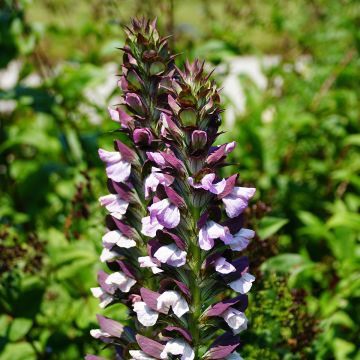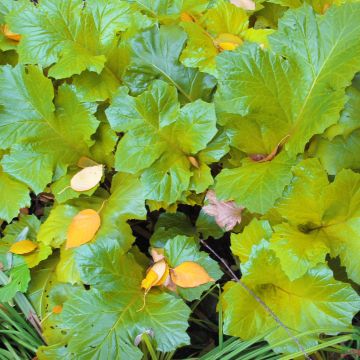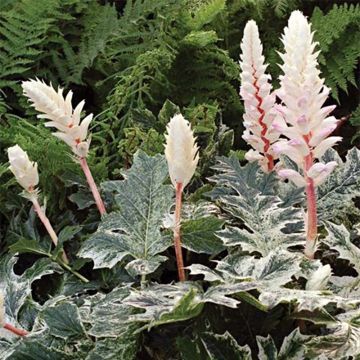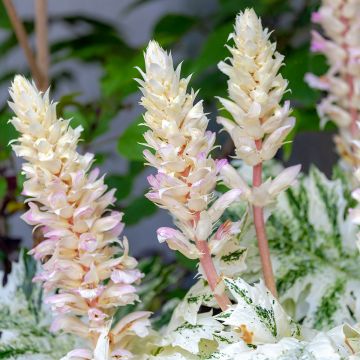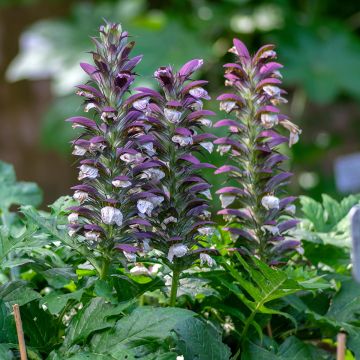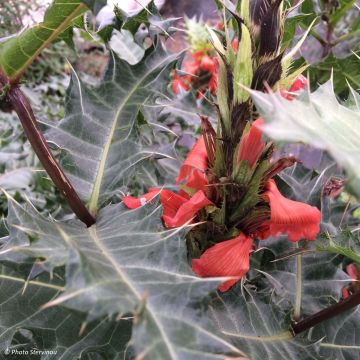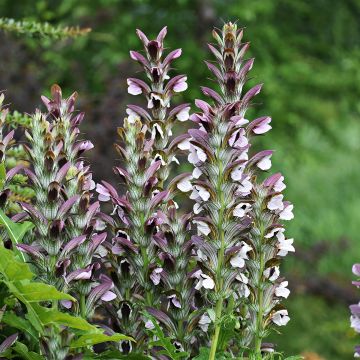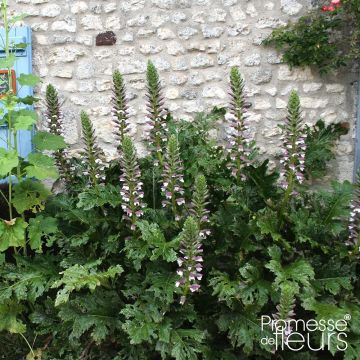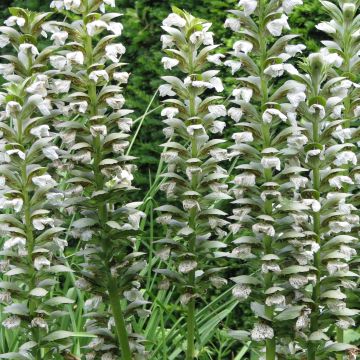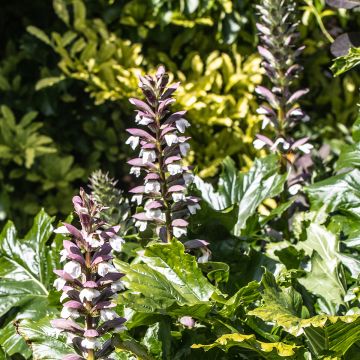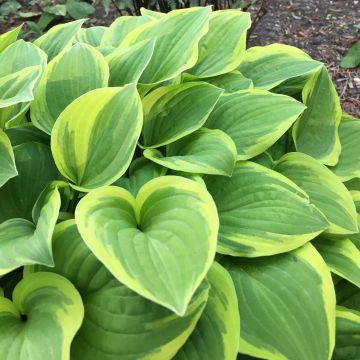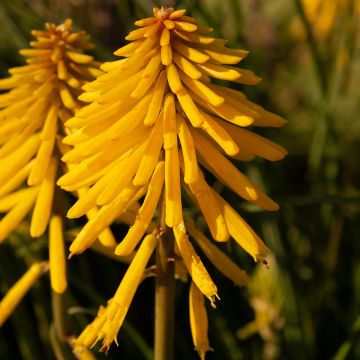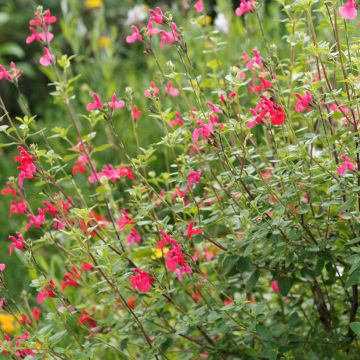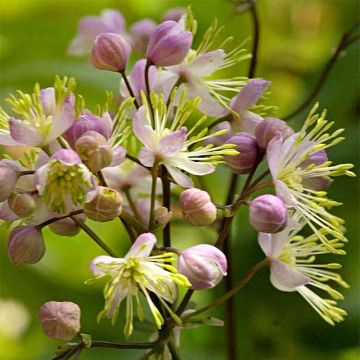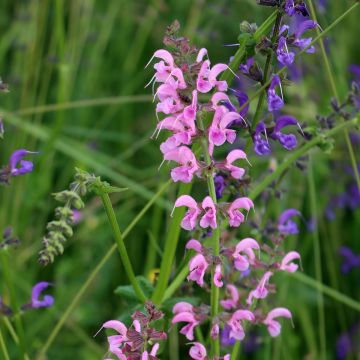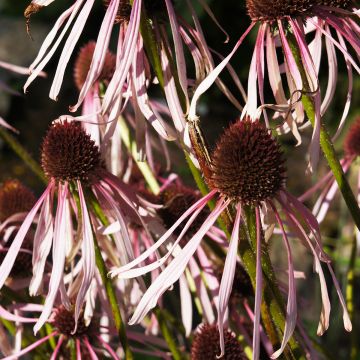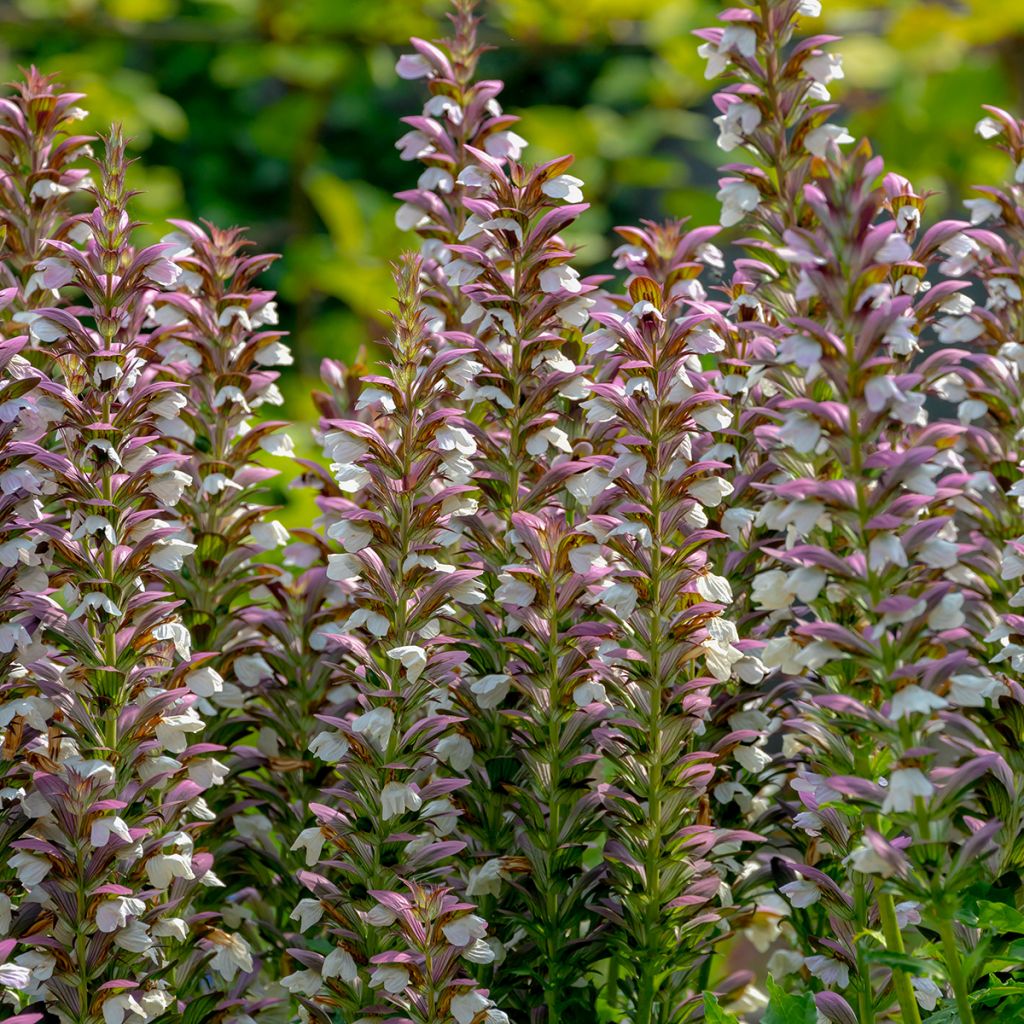

Acanthus spinosus - Bear's Breech
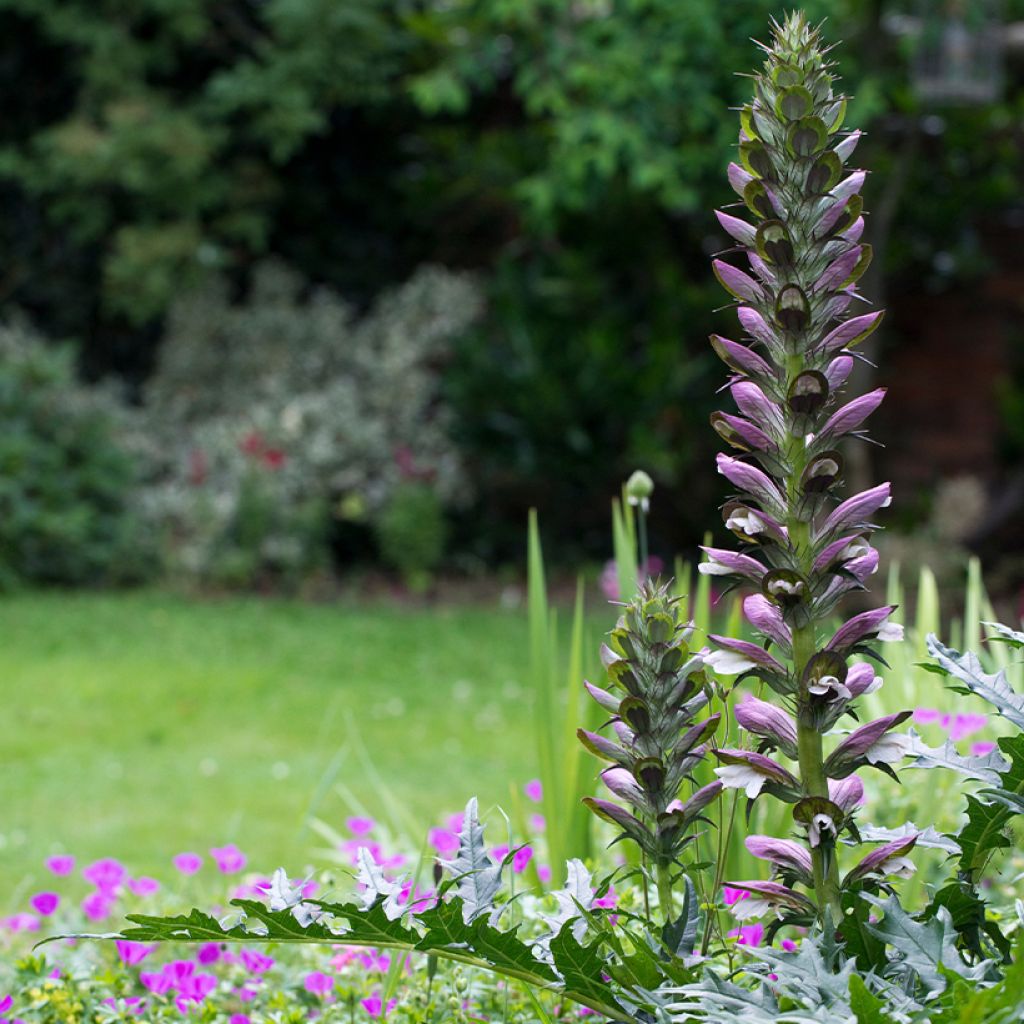

Acanthus spinosus - Bear's Breech
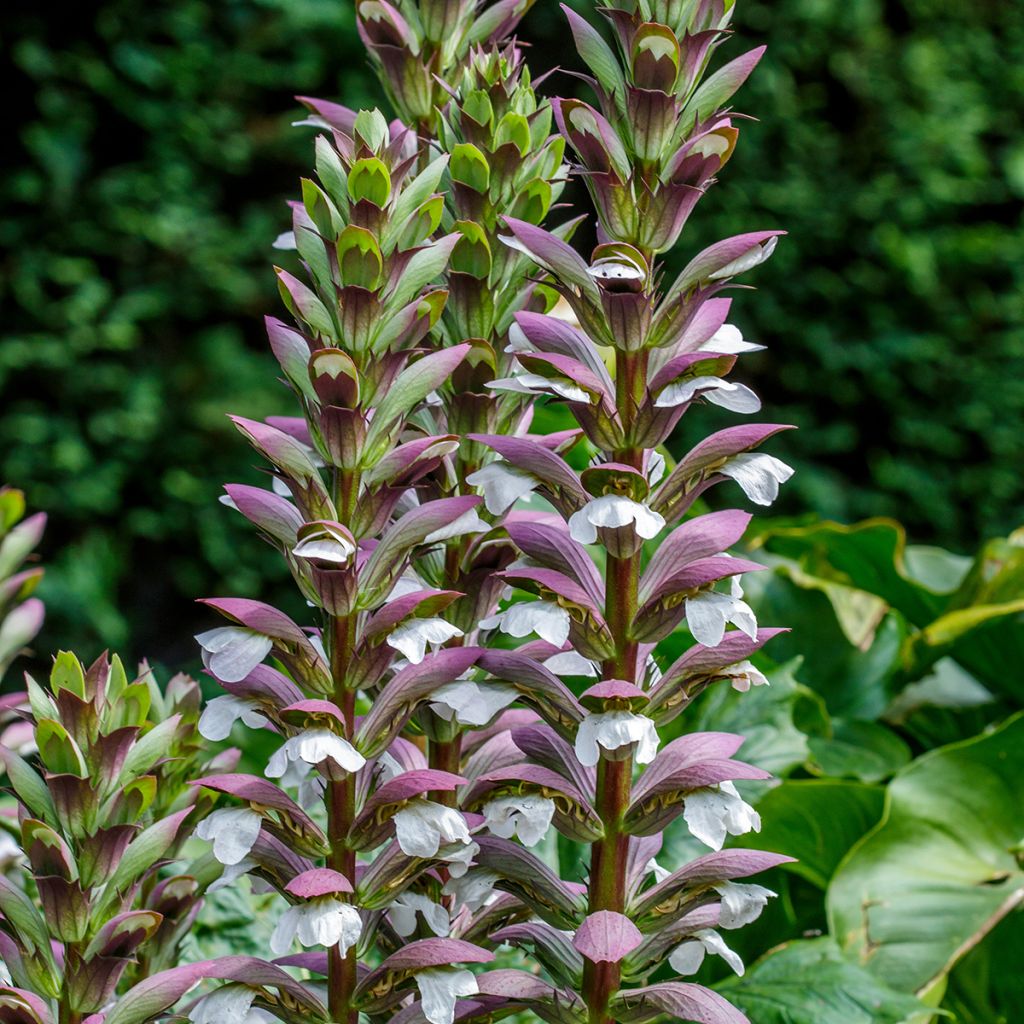

Acanthus spinosus - Bear's Breech
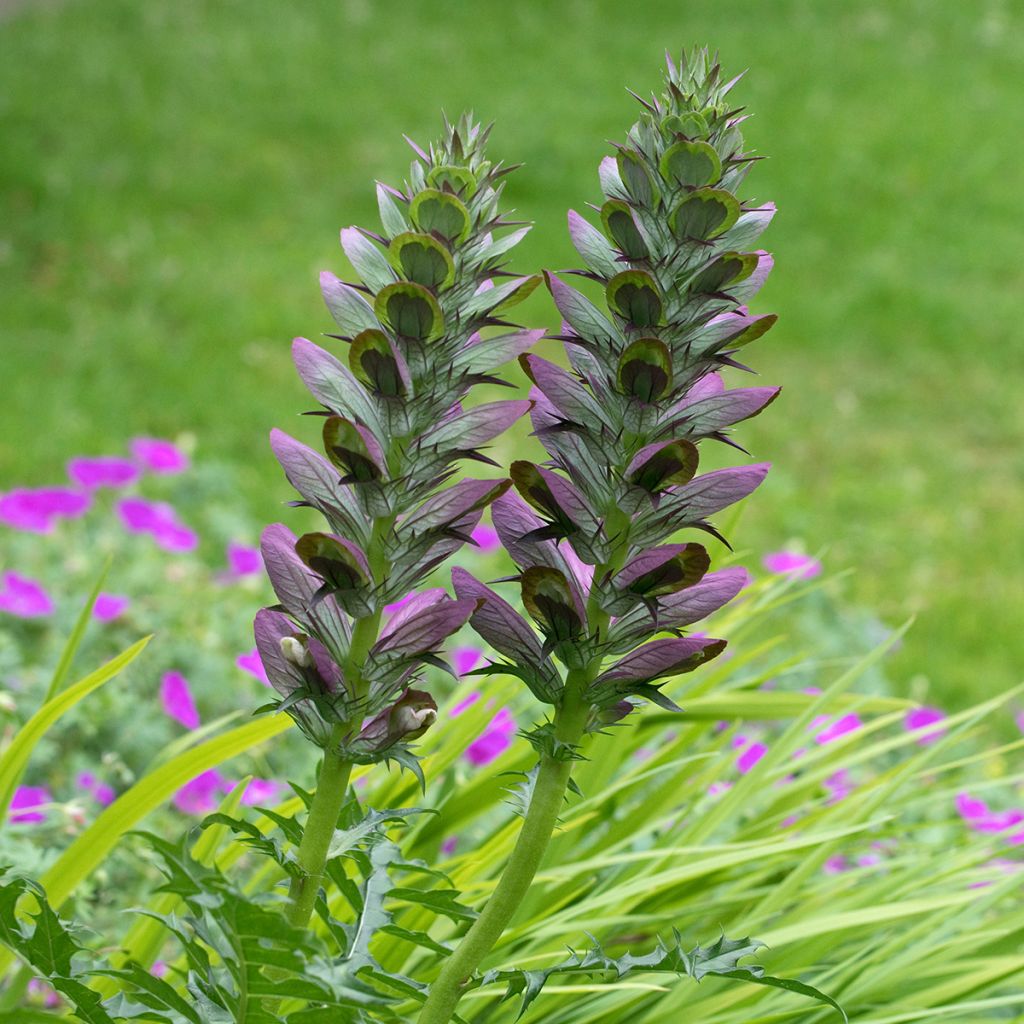

Acanthus spinosus - Bear's Breech
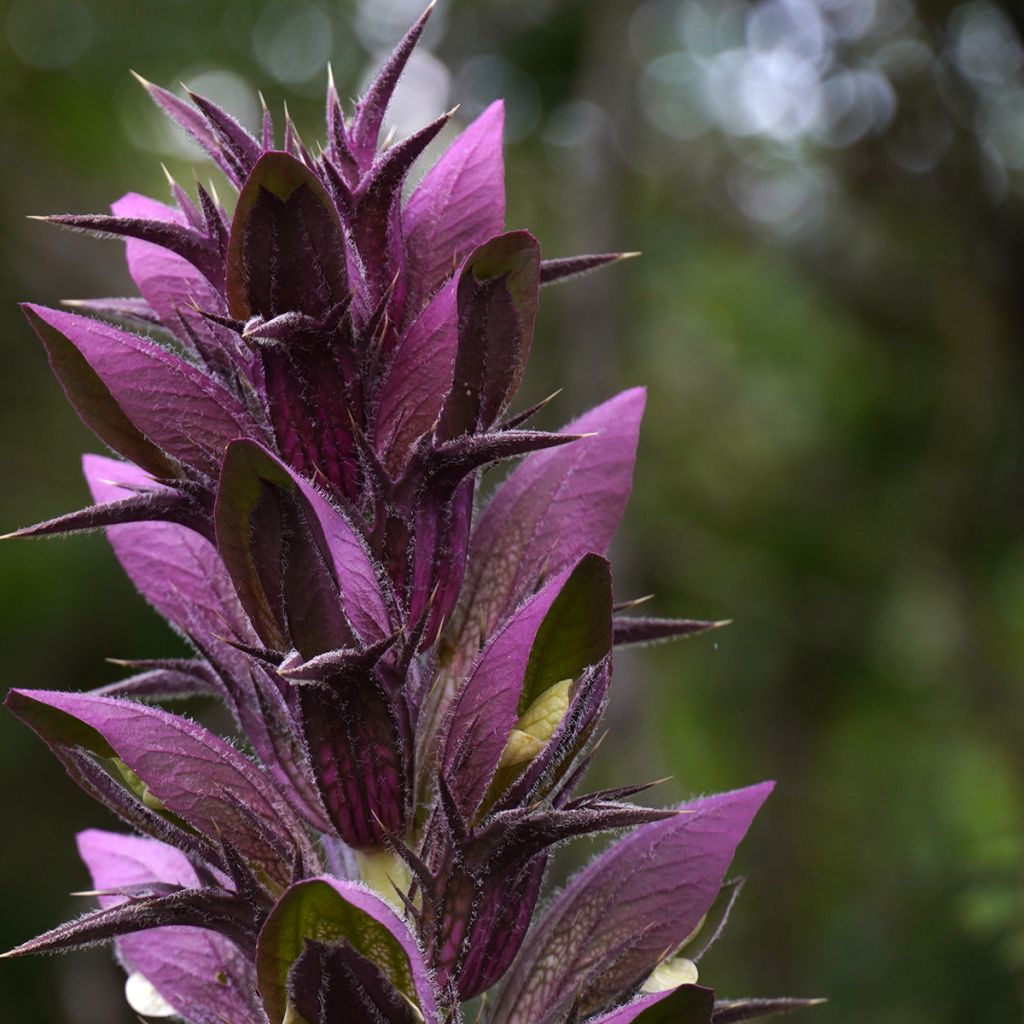

Acanthus spinosus - Bear's Breech
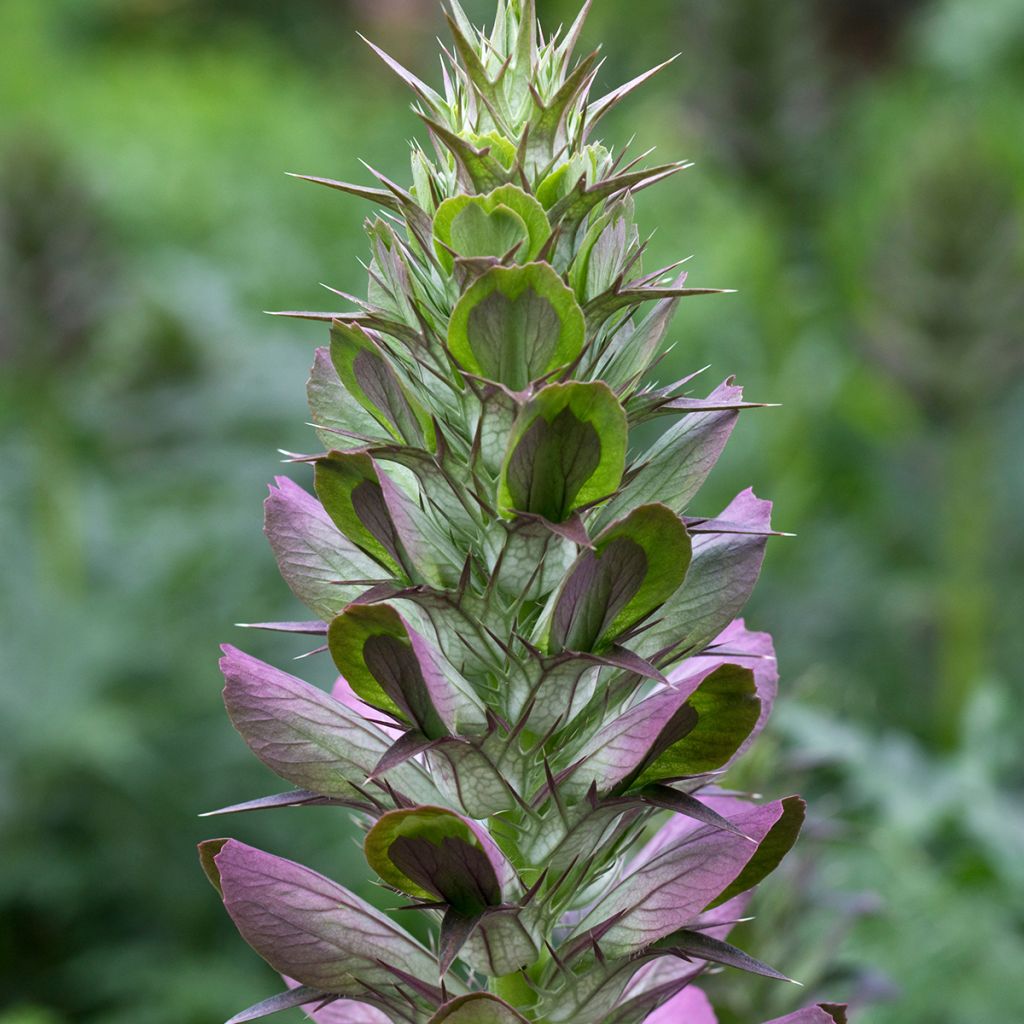

Acanthus spinosus - Bear's Breech
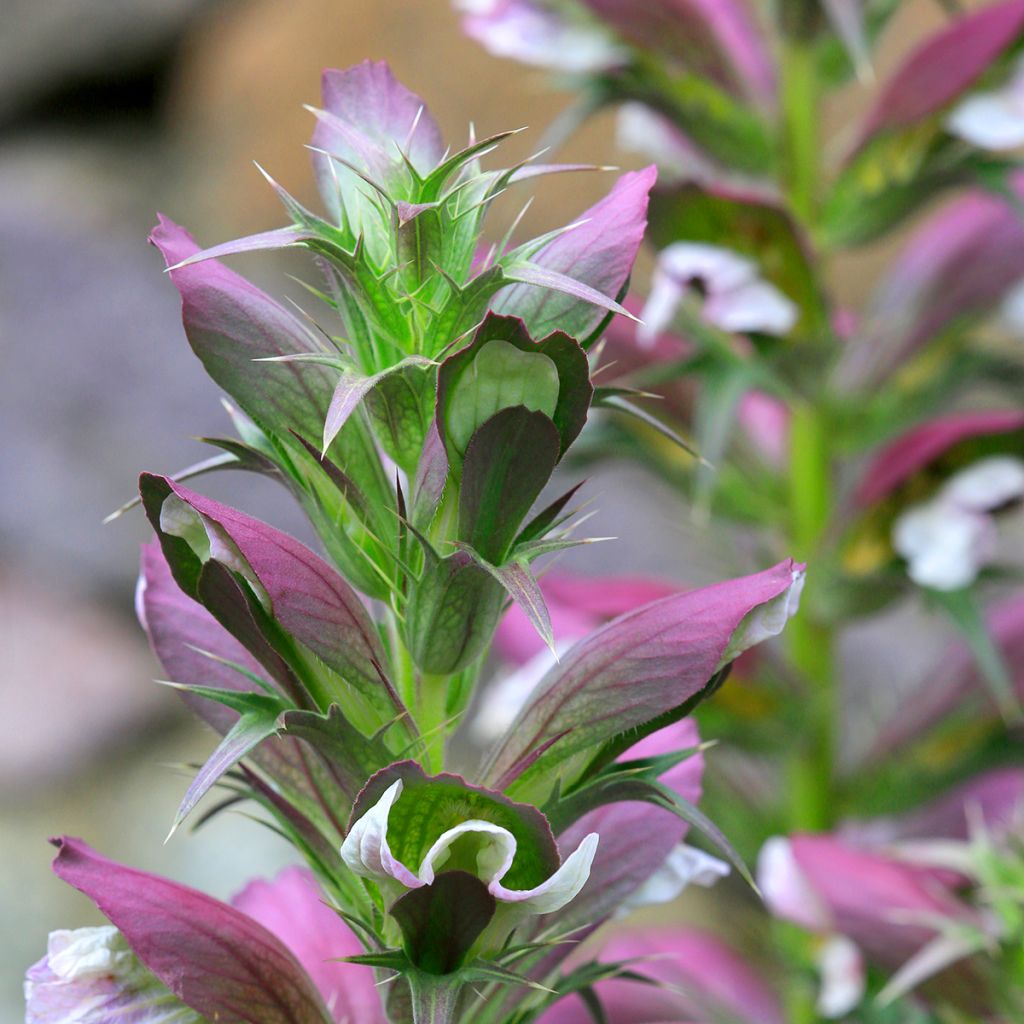

Acanthus spinosus - Bear's Breech
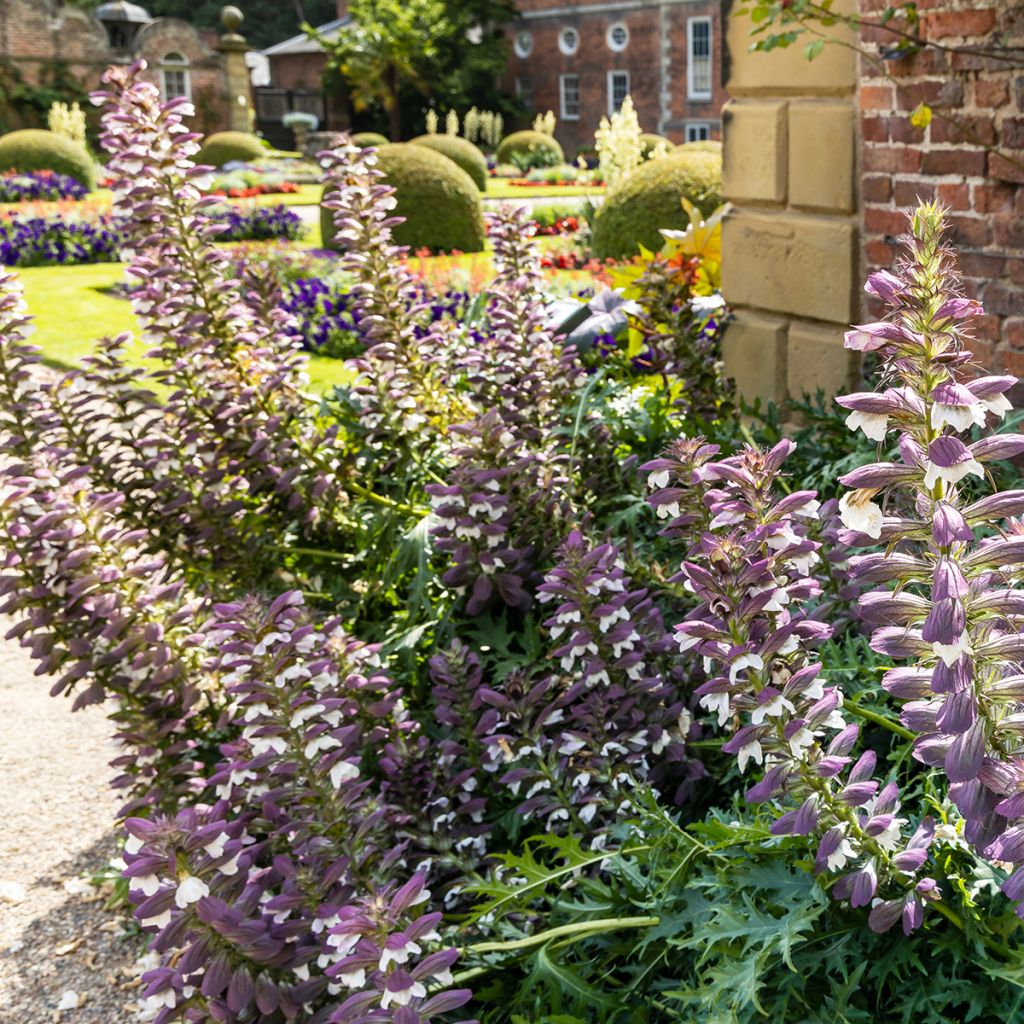

Acanthus spinosus - Bear's Breech
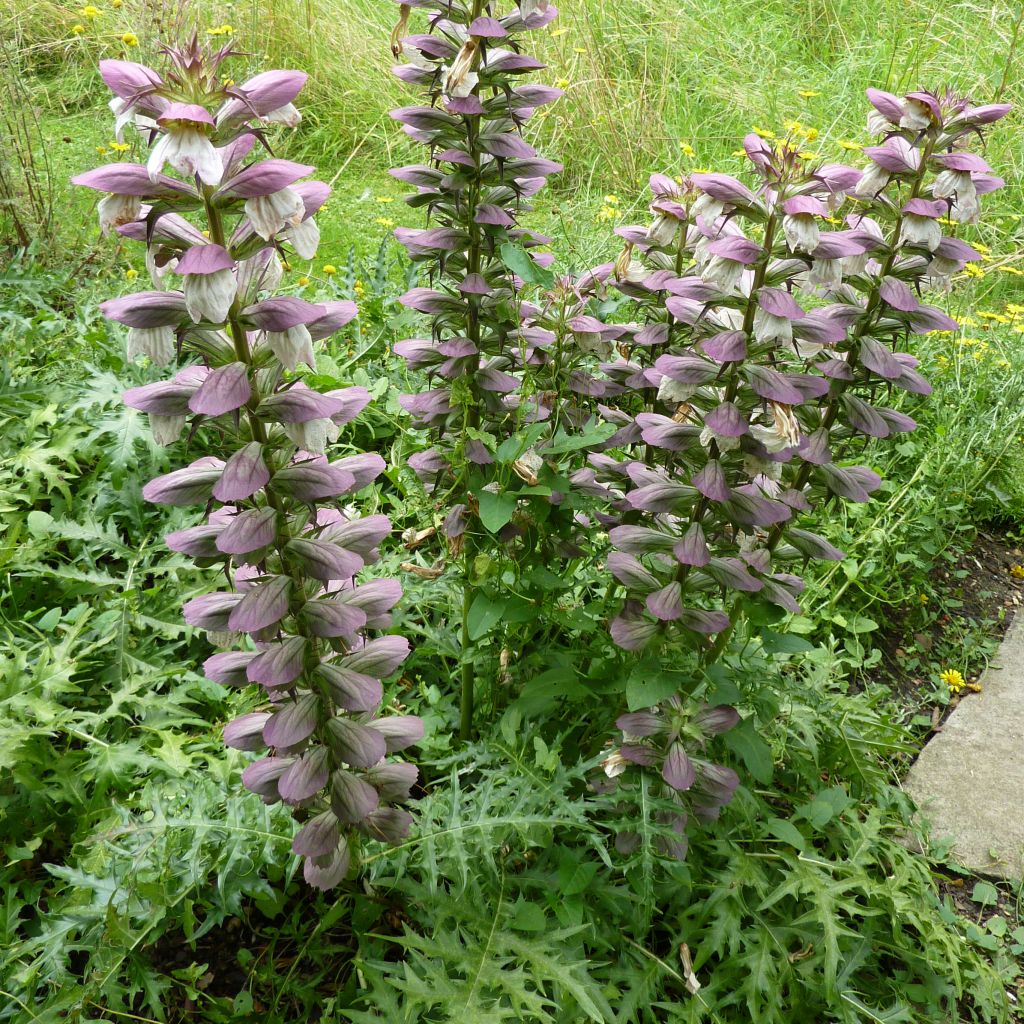

Acanthus spinosus - Bear's Breech
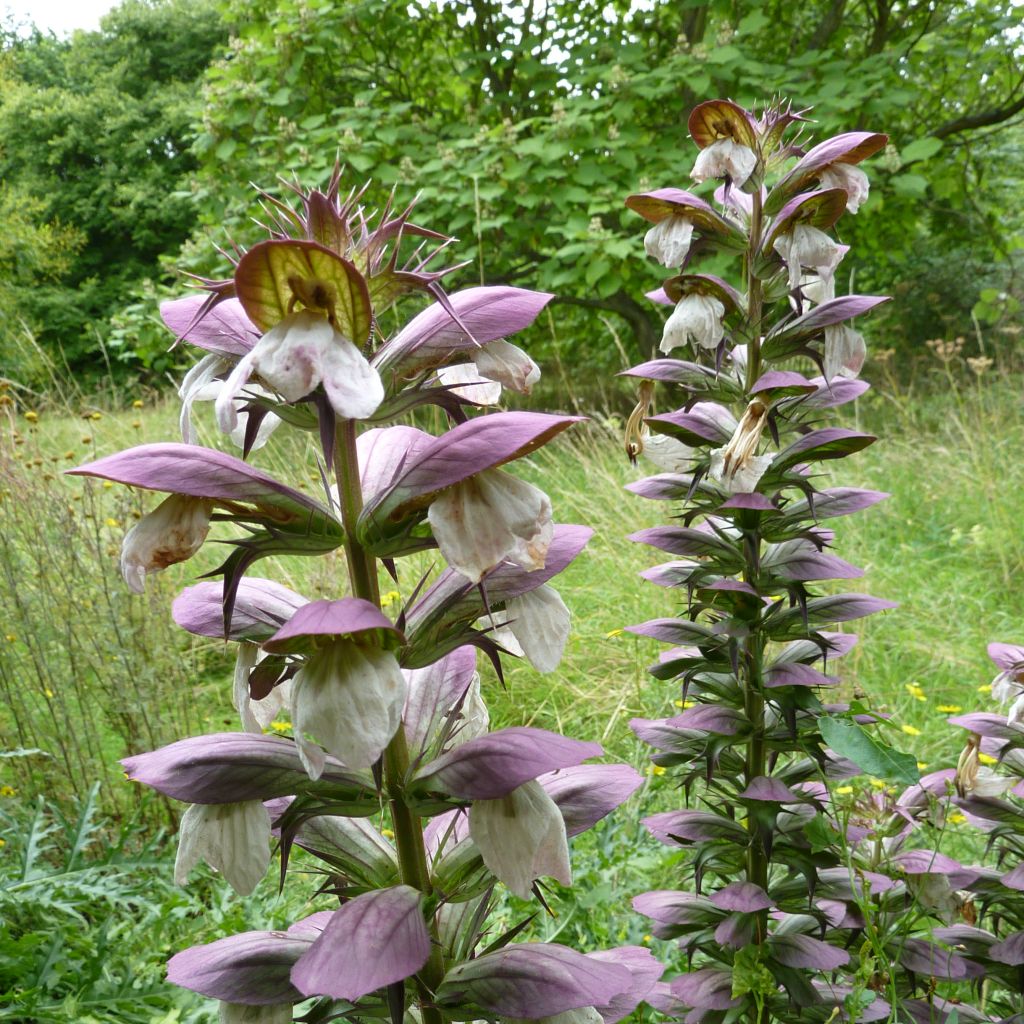

Acanthus spinosus - Bear's Breech
Acanthus spinosus - Bear's Breech
Acanthus spinosus
Spiny Bear's Breeches, Spinosus Bear's Breeches, Armed bear's breech
This item cannot be shipped to the selected country
Delivery charge from €5.90
More information
Schedule delivery date,
and select date in basket
This plant carries a 12 months recovery warranty
More information
We guarantee the quality of our plants for a full growing cycle, and will replace at our expense any plant that fails to recover under normal climatic and planting conditions.
From €5.90 for pickup delivery and €6.90 for home delivery
Express home delivery from €8.90.
Does this plant fit my garden?
Set up your Plantfit profile →
Description
The Acanthus spinosus, also known as Spiny Bear's Breeches, is a majestic perennial plant of excellent ornamental value. This species develops large, distinctly spiny leaves that are highly decorative, deeply cut and shiny dark green. It offers summer flowering with spectacular spikes adorned with white flowers and pink bracts that are also spiny. Moderately hardy, it is a plant for dry and sunny areas, although it can tolerate any well-drained soil, even clay or rocky soil. It is ideal for adding volume and strong character to beds of perennial or colourful annual plants.
The Acanthus spinosus is a herbaceous perennial plant of the acanthus family, native to southern Greece and Turkey. The spiny acanthus grows naturally in Corinth and is believed to be the origin of the famous Corinthian capital motif. This plant has dense, bushy, dark green foliage that can grow up to 70cm (28in) tall and 80cm (32in) wide. The leaves are long and deeply cut, with tapered lobes that end in a long needle, making it look like a large, dark green thistle.
Large flower spikes appear during June, July, and August, attracting pollinating insects like bumblebees and carpenter bees. The flowers are pure white and crumpled, and the spikes can grow up to 1m (3ft) above the ground. The plant produces shiny capsules that contain large seeds once it has finished flowering.
After flowering, the foliage disappears but reappears in autumn and remains evergreen throughout winter, provided the weather isn't too harsh. The plant spreads from the base with large fleshy roots that can store water and food reserves during dry periods.
The spiny acanthus is a plant that is not very hardy compared to others in its genus. During winter in cold climates, it needs protection. However, it is effortless to grow and can withstand drought. This magnificent plant is an excellent choice for a dry garden. It is a reliable perennial and pairs well with other warm-toned plants such as Caryopteris, Ceratostigma griffithii, Perowskia 'Blue Spire', or Lobelia laxiflora and Epilobium canum. It adds both verticality and volume to perennial beds in all regions. It is a beautiful focal point in a natural scene or a large container on the terrace. Like its relatives, the spiny acanthus thrives in scree found at the foot of ruins, adding a unique charm to such locations. It can naturalise in old gardens and cover large areas if happy there.
The acanthus has been a popular design element in architecture since ancient Greek times. It was first seen in Corinthian capitals in a sculpture called the "Basket of Callimachus" from the 5th century BC. According to Vitruvius, this sculpture was inspired by an acanthus plant that grew around a basket placed on a child's tomb, as was customary at the time.
Report an error about the product description
Acanthus spinosus - Bear's Breech in pictures
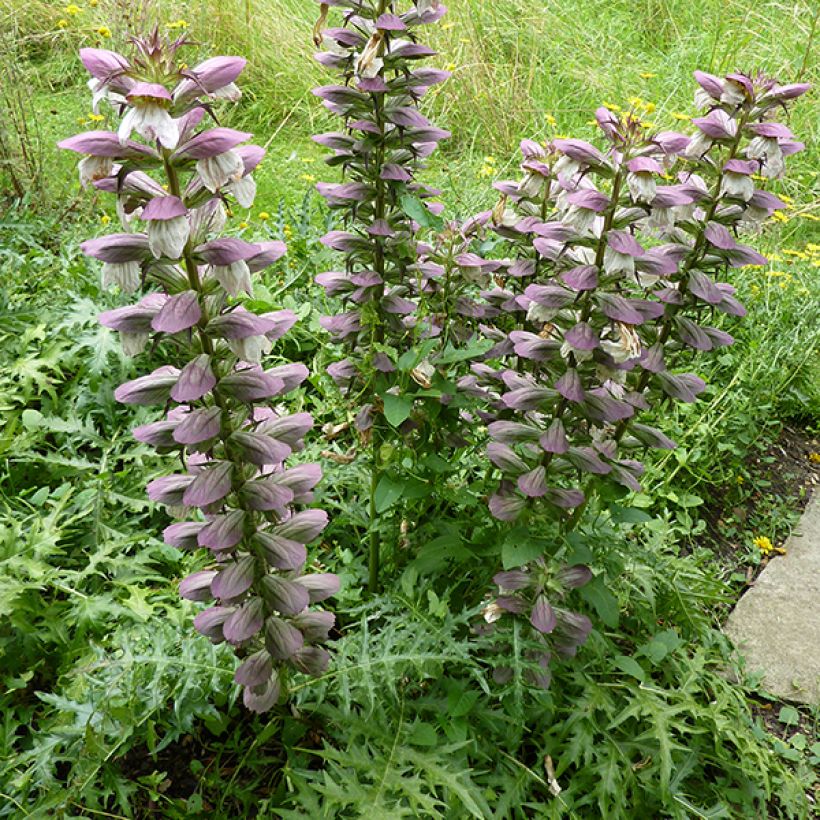

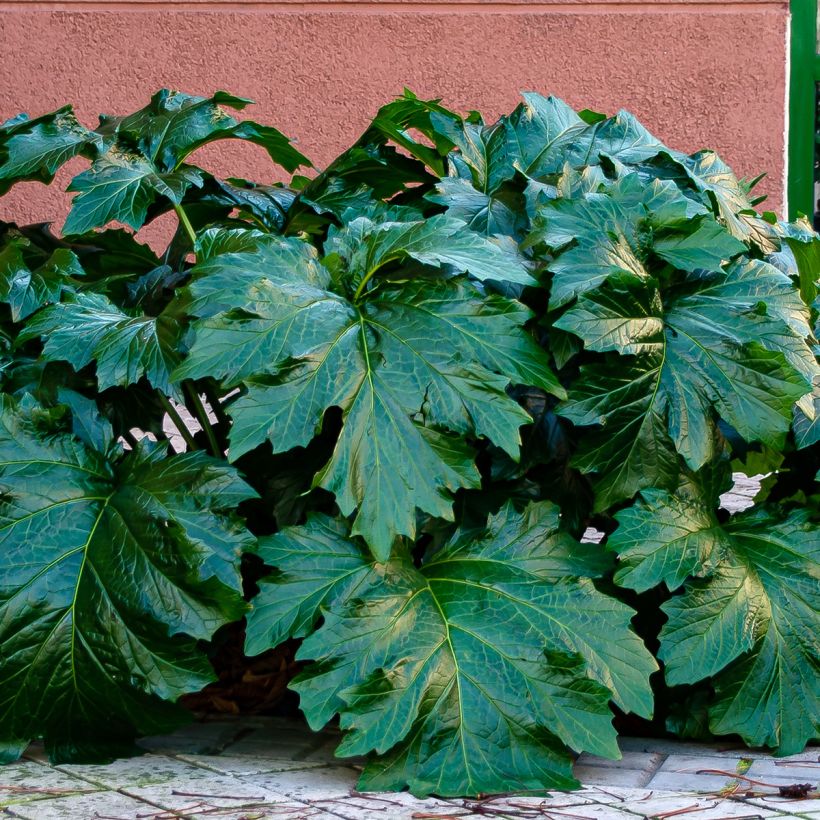



Flowering
Foliage
Plant habit
Botanical data
Acanthus
spinosus
Acanthaceae
Spiny Bear's Breeches, Spinosus Bear's Breeches, Armed bear's breech
Mediterranean
Other Acanthus
Planting and care
The Acanthus spinosus is a hardy plant that can withstand temperatures as low as -10°C (14°F). In regions with cold winters, it is recommended to protect it with a thick layer of mulch, which should be removed at the end of winter. This plant grows quickly and can adapt to all types of soil, even clayey and dry ones. However, it prefers well-drained soils, including rocky and poor ones, as long as they are moist in autumn and spring. It can tolerate drought during its vegetative rest period and limestone as well. This species prefers sunny exposures, sheltered from the wind, but can tolerate partial shade, making it taller but less floriferous. It is important to note that, like all Acanthus plants, it does not like to be moved. To avoid it spreading, cut off the flower stalk after fruiting or remove the fruits, but be careful of the spines and wear gloves. This plant is susceptible to powdery mildew and can be attacked by slugs and snails, like other Acanthus species.
Planting period
Intended location
Care
-
, onOrder confirmed
Reply from on Promesse de fleurs
Summer flowering perennials
Haven't found what you were looking for?
Hardiness is the lowest winter temperature a plant can endure without suffering serious damage or even dying. However, hardiness is affected by location (a sheltered area, such as a patio), protection (winter cover) and soil type (hardiness is improved by well-drained soil).

Photo Sharing Terms & Conditions
In order to encourage gardeners to interact and share their experiences, Promesse de fleurs offers various media enabling content to be uploaded onto its Site - in particular via the ‘Photo sharing’ module.
The User agrees to refrain from:
- Posting any content that is illegal, prejudicial, insulting, racist, inciteful to hatred, revisionist, contrary to public decency, that infringes on privacy or on the privacy rights of third parties, in particular the publicity rights of persons and goods, intellectual property rights, or the right to privacy.
- Submitting content on behalf of a third party;
- Impersonate the identity of a third party and/or publish any personal information about a third party;
In general, the User undertakes to refrain from any unethical behaviour.
All Content (in particular text, comments, files, images, photos, videos, creative works, etc.), which may be subject to property or intellectual property rights, image or other private rights, shall remain the property of the User, subject to the limited rights granted by the terms of the licence granted by Promesse de fleurs as stated below. Users are at liberty to publish or not to publish such Content on the Site, notably via the ‘Photo Sharing’ facility, and accept that this Content shall be made public and freely accessible, notably on the Internet.
Users further acknowledge, undertake to have ,and guarantee that they hold all necessary rights and permissions to publish such material on the Site, in particular with regard to the legislation in force pertaining to any privacy, property, intellectual property, image, or contractual rights, or rights of any other nature. By publishing such Content on the Site, Users acknowledge accepting full liability as publishers of the Content within the meaning of the law, and grant Promesse de fleurs, free of charge, an inclusive, worldwide licence for the said Content for the entire duration of its publication, including all reproduction, representation, up/downloading, displaying, performing, transmission, and storage rights.
Users also grant permission for their name to be linked to the Content and accept that this link may not always be made available.
By engaging in posting material, Users consent to their Content becoming automatically accessible on the Internet, in particular on other sites and/or blogs and/or web pages of the Promesse de fleurs site, including in particular social pages and the Promesse de fleurs catalogue.
Users may secure the removal of entrusted content free of charge by issuing a simple request via our contact form.
The flowering period indicated on our website applies to countries and regions located in USDA zone 8 (France, the United Kingdom, Ireland, the Netherlands, etc.)
It will vary according to where you live:
- In zones 9 to 10 (Italy, Spain, Greece, etc.), flowering will occur about 2 to 4 weeks earlier.
- In zones 6 to 7 (Germany, Poland, Slovenia, and lower mountainous regions), flowering will be delayed by 2 to 3 weeks.
- In zone 5 (Central Europe, Scandinavia), blooming will be delayed by 3 to 5 weeks.
In temperate climates, pruning of spring-flowering shrubs (forsythia, spireas, etc.) should be done just after flowering.
Pruning of summer-flowering shrubs (Indian Lilac, Perovskia, etc.) can be done in winter or spring.
In cold regions as well as with frost-sensitive plants, avoid pruning too early when severe frosts may still occur.
The planting period indicated on our website applies to countries and regions located in USDA zone 8 (France, United Kingdom, Ireland, Netherlands).
It will vary according to where you live:
- In Mediterranean zones (Marseille, Madrid, Milan, etc.), autumn and winter are the best planting periods.
- In continental zones (Strasbourg, Munich, Vienna, etc.), delay planting by 2 to 3 weeks in spring and bring it forward by 2 to 4 weeks in autumn.
- In mountainous regions (the Alps, Pyrenees, Carpathians, etc.), it is best to plant in late spring (May-June) or late summer (August-September).
The harvesting period indicated on our website applies to countries and regions in USDA zone 8 (France, England, Ireland, the Netherlands).
In colder areas (Scandinavia, Poland, Austria...) fruit and vegetable harvests are likely to be delayed by 3-4 weeks.
In warmer areas (Italy, Spain, Greece, etc.), harvesting will probably take place earlier, depending on weather conditions.
The sowing periods indicated on our website apply to countries and regions within USDA Zone 8 (France, UK, Ireland, Netherlands).
In colder areas (Scandinavia, Poland, Austria...), delay any outdoor sowing by 3-4 weeks, or sow under glass.
In warmer climes (Italy, Spain, Greece, etc.), bring outdoor sowing forward by a few weeks.

































